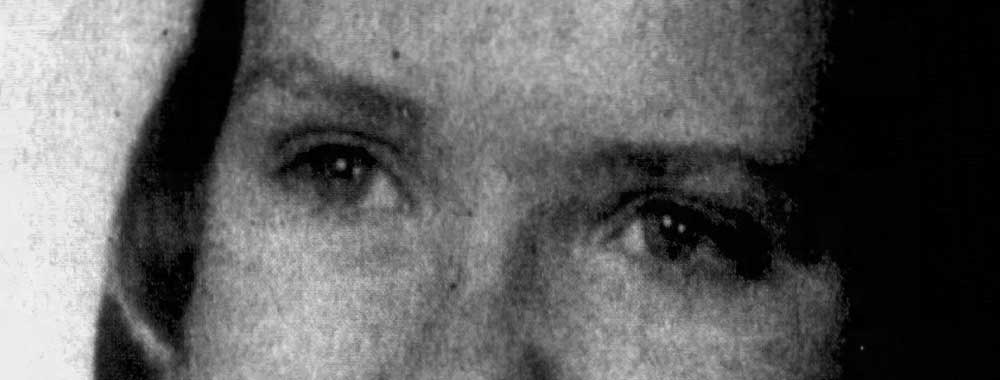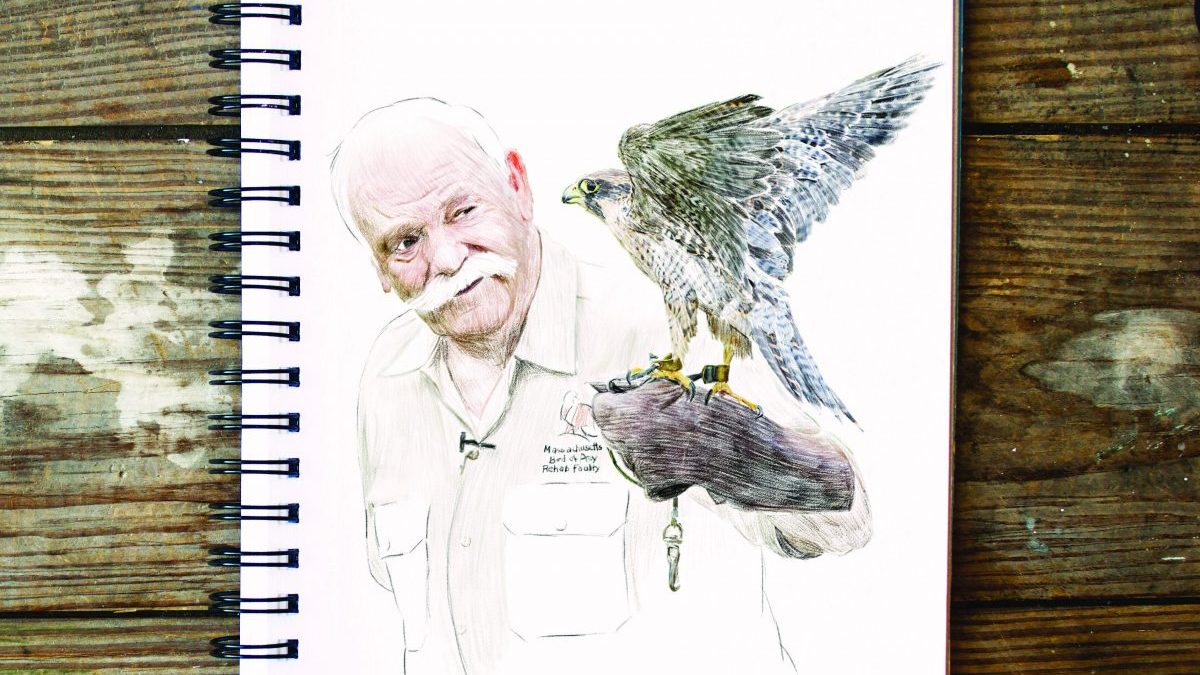Author hopes renewed interest will help solve New England cold cases

By Jennifer Huberdeau
Bennington College sophomore Paula Weldon went for a hike on the Long Trail on Dec. 1, 1946. She never was heard from again.
Weldon, the daughter of a wealthy Connecticut industrialist, had stopped by her dorm room to change before heading out without a bag or any money. She hitched a ride from the school to nearby Woodford, where she last was seen hiking along the trail.
Although she was reported missing by her roommate the next morning, it would be almost a week before authorities would become aware of her trip to the Long Trail, when an elderly couple who had been hiking that day recognized her picture in the paper. It was at this point that the Connecticut State Police became involved in the case, at the request of the governor (Vermont did not have a state police agency at the time.) Seventy-three years later, the case remains open and unsolved.
Was Weldon murdered? Did she run away? Or was she another victim of the so-called Bennington Triangle?
(Weldon is one of five individuals to go missing on or near the Long Trail from 1944 to 1950. Author Joseph A. Citro coined the term Bennington Triangle in 1992, when describing an area of paranormal activity centered around Glastenbury Mountain.)
Somebody knows something. That’s the belief that drove author Cathy McManus to research and write “Unsolved New England: Twenty Cases that Rocked the Region.”
“The goal of any kind of true crime thing is, hopefully, someone who knows something will hear about it or see it,” McManus said during a recent phone interview. “You want to make sure the information is right there; to make it as easy as possible for them to contact somebody.”
At its core, the book’s purpose is to revive the public’s awareness of these cold cases, with the hope of generating new tips or clues. To facilitate this, McManus provides detailed information on how to reach officers and agencies still investigating the crimes or disappearances.
She said information connected to the cases, which might not have seemed relevant at the time of the initial investigations, if reported now, could help to solve a case or get one “moving forward.”
In 2016, the Vermont State Police launched an interactive website, vsp.vermont.gov/unsolved, in an effort to gather information on missing persons and unsolved homicides. Weldon still is listed as a missing person.
“In the Bennington case, you have five different people going missing, but Paula’s was the one that stuck out to me,” McManus said. “Bennington College is on the other side of town, so even getting to the trail would be an effort. It just seemed really odd to me that she would go at that time of day. So, did she have a plan? Was she meeting somebody? Or was it just one of those things, spur of the moment, not thinking that it’s going to be getting dark?”
Another case explored in the book is that of Middlebury College student Lynne Schulze, who disappeared from Middlebury, Vt., campus in 1971.
Schulze’s disappearance is more suspect and has been thought to be linked with accused murderer Robert Durst, millionaire and subject of the HBO documentary “The Jinx.”
Schulze, who disappeared Dec. 10, 1971, last was seen by classmates before an exam. She reportedly went back to her dorm room before the exam but never returned for the exam. She never was seen again. All of her belongings, money and identification were left behind. Two days after her disappearance, her friends reported her missing to the college. Her parents, who found out she was missing a week later, informed police.
McManus said it’s disheartening but not surprising that Schulze wasn’t reported missing right away.
“A lot of it has to do with the time period. We were in the middle of [the Vietnam War]. Everything was kind of looser. Everyone just assumed that hippies were going to wander off,” she said. “But for them to just be so willing to not look into it just kind of baffles me. Honestly, it just breaks my heart.”
While Schulze’s disappearance has not been officially tied to Durst, the suspected murderer owned a health food store in Middlebury at the time Schulze went missing and was questioned by police during the investigation that followed.
Separating fact from fiction was one thing McManus strived to do as she examined cold cases — unsolved murders, disappearances, robberies and strange events — from the 1800s to modern times.
One of the most famous cases covered in the book is that of Lizzie Borden and the infamous double murder she is associated with.
In the case of Borden, who was acquitted of the murders of her father, Andrew, and stepmother, Abby, the author examines current theories of who the murderer was, while looking at the hard facts of the case — the known whereabouts of those thought to be involved, the murder weapon (a hatchet, not an ax), the physical assault (a combined total of 29 to 30 blows) and the hefty estate inherited by Lizzie and her sister, Emma.
And even though the case seems unsolvable, McManus is holding out hope that someday someone will find a letter or some kind of evidence tucked away — in an attic or inside a wall — that resolves the case once and for all.
Other cases covered in the book include the Bear Brook murders; the Connecticut River Valley Killer; the murders of Matthew Margolies, Sarah Ware, Mattie Hackett, Camilla Lyman and Rita Bouchard; along with the Plymouth mail truck and Isabella Stewart Gardner Museum robberies. The book also touches on some paranormal and unexplained events, such as the alleged abduction of Betty and Barney Hill by aliens.

Read it
“Unsolved New England: Twenty Cases that Rocked the Region”
By Cathy McManus
Publisher: Schiffer Books
Pages: 144












